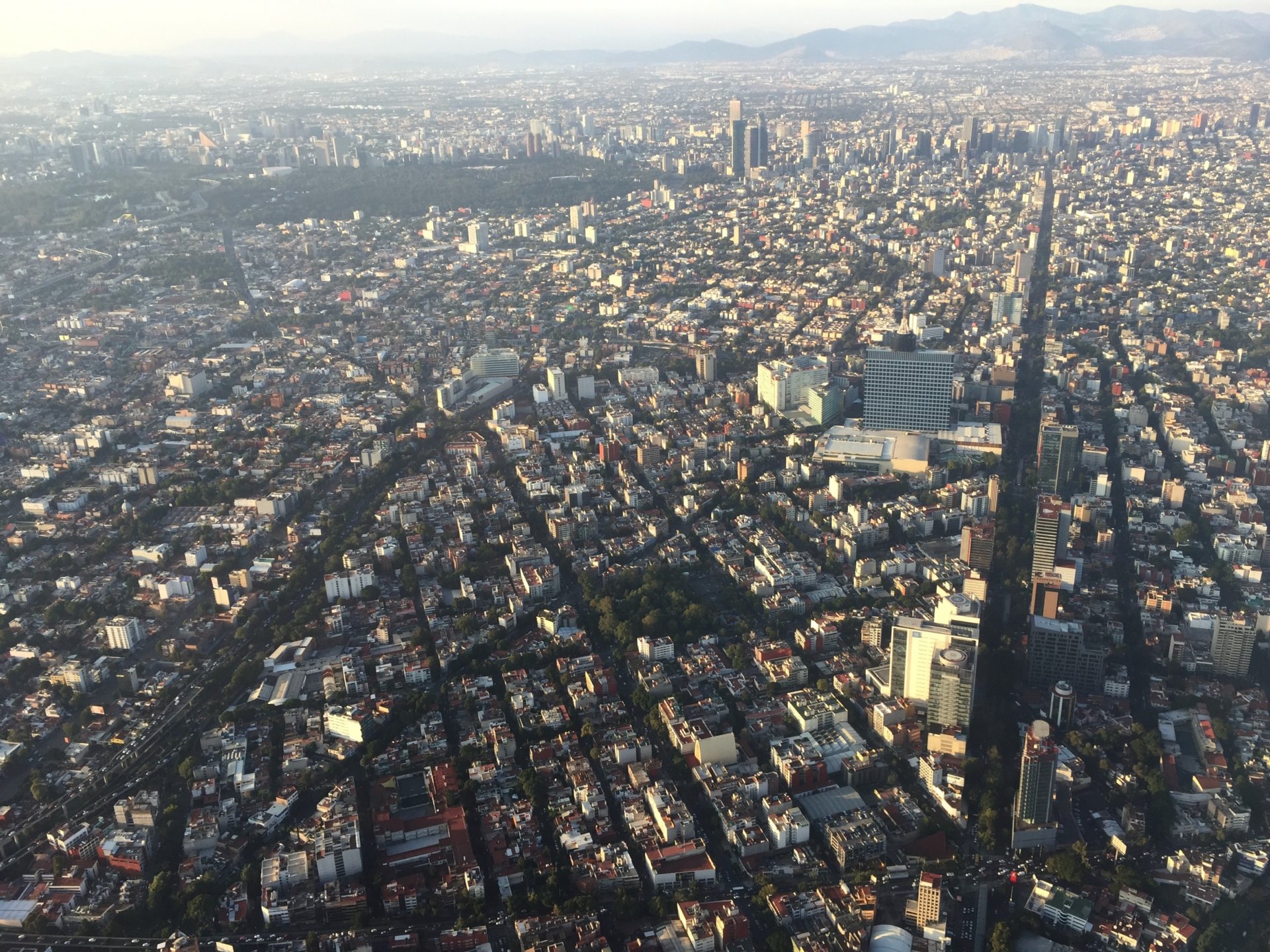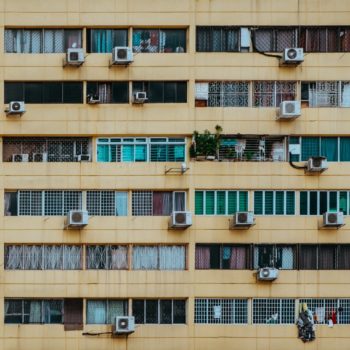The following is a guest blog by Rhea Mukerjee. Rhea is Executive Director at Sustain Labs Paris where she leads Environmental, Social, Governance (ESG) assessments and energy efficiency programmes. She supported E3G’s research on the adoption of efficient, climate-friendly cooling in Mexico.
The past decade has seen unprecedented temperature increases globally with July 2019 the hottest month on record. Rising temperatures mean that 1.6 billion people could face average summer temperature highs of 35°C by 2050. This is 1.4 billion more people than today, many of whom will live in urban centres.
According to the International Energy Agency’s (IEA) Future of Cooling report, as the planet warms, electricity for cooling is growing by 4.8% per year. Space cooling is the fastest-growing use of energy in buildings and the rate of household AC ownership is projected to increase from 13% to almost 40% in 2040. Cooling technology needs to more efficient to meet this growing demand from populations in need while not undermining efforts to combat climate change.
Cities account for more than 70% of global energy demand, nearly 70% of global carbon emissions and are on average 5-9°C warmer than rural areas. To achieve ambitious targets to tackle climate change, we will need to grapple with the specific challenges of cities including urban heat islands – an urban area that is significantly hotter than surrounding rural areas due to human activity and infrastructure – and rapidly growing cooling demand.
Spotlight on Mexico: Demand for Cooling
By 2050, Mexico’s population is expected to grow to 150 million with more than 80% living in cities. Primary energy demand in Mexico has increased by 25% since 2000 with the largest growth in electricity consumption in the building sector. The biggest share comes from residential consumers where cooling demand is expected to grow with increased incomes and temperatures.

Iniciativa Climática de México estimates the sale of air conditioners in Mexico will grow from 16 million units today to 126 million units in 2050. This is a significant contribution to electricity demand from buildings, placing pressure on the national grid, and emphasizing the need to increase energy efficiency in buildings. In Mexico, space cooling already represents 37 TWh of power consumption or 10% of the total final energy use in buildings. The power needed for residential space cooling alone is estimated to quadruple from 5 TWh to 20 TWh by 2030. This is estimated to rise to almost 20 TWh/year by 2030 .
Cooling Action: An Opportunity for Cities
In Mexico, city governments are faced with numerous challenges; from poor air quality to sanitation to vulnerability of health and infrastructure to heat waves. Given the local nature of cooling, city governments are well-suited to address these challenges, though national initiatives have also been instrumental in improving Mexico’s preparedness for future cooling requirements. These include the Ministry of Energy’s Roadmap for Building Energy Codes and Standards; Mexico’s Sustainable Energy Fund (FSE), a $10 million research initiative on Buildings Energy Efficiency; and EcoCasa, a sustainable housing initiative that provides low-interest loans to developers to build affordable homes that cut CO2 emissions by at least 20%.
Under Mexico City’s Climate Action Plan, the city has implemented measures to reduce the environmental, social, and economic risks associated with climate change. The action plan has also helped to address its cooling demand through measures such as: the Building Efficiency Accelerator with Mexico City one of the first five global cities to participate in this programme introduced by the United Nations; modifications to building codes to incorporate a sustainability criteria; rehabilitation of urban green spaces, and expansion of green roofs.
These initiatives have played an important role in building resilience in the face of climate crisis. In addition, the following actions could be adopted by megacities in Mexico and other emerging economies to improve their preparedness for growing cooling demand.
- Heat action plans
A Heat Action Plan can help local authorities map areas that are most likely to be affected by heat stress – such as low-quality or temporary dwellings – and devise early warning systems and an action plan in the event of an impending heat wave.
- Urban design and district cooling in commercial hubs
Commercial hubs typically demand modern energy and cooling services. With the engagement of private companies, municipal governments can promote practices such as green certification for buildings, building codes that incorporate passive cooling, the creation of green patches to lower ambient temperatures, and district cooling.
- Efficiency standards for cooling appliances
Megacities are the fastest growing markets for cooling appliances in emerging economies. To increase access for price-sensitive populations, cities could require a minimum standard for cooling appliances in public buildings as part of procurement schemes to reduce costs and bring down the price of more efficient appliances.
- Capacity building and collaboration
Taking a leaf out of Mexico City’s energy efficiency playbook, municipalities could work with international agencies to train urban developers, builders and employees of state-level electricity boards on linking urban planning with efficient cooling to tackle the energy trilemma.
- Consumer awareness
To combat low consumer awareness of cooling efficiency, a campaign can be designed for building owners and households providing them with clear information on their options and the financial benefits of adopting cooling efficiency measures.


